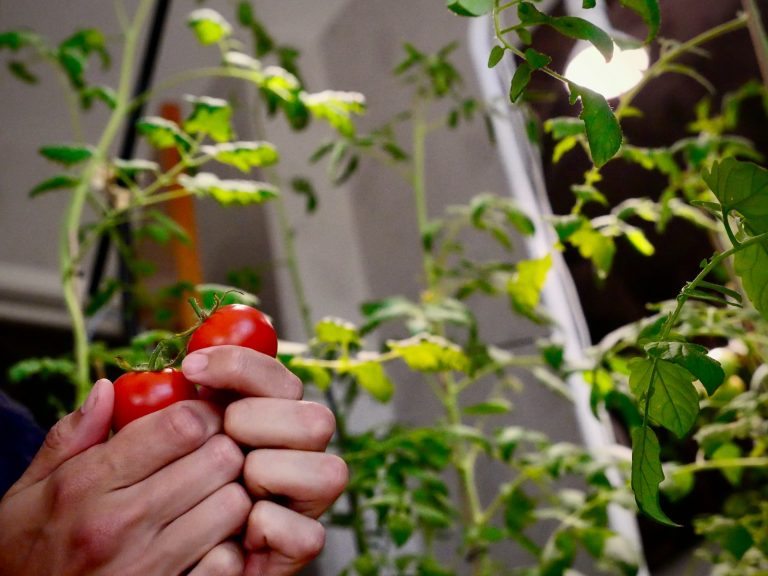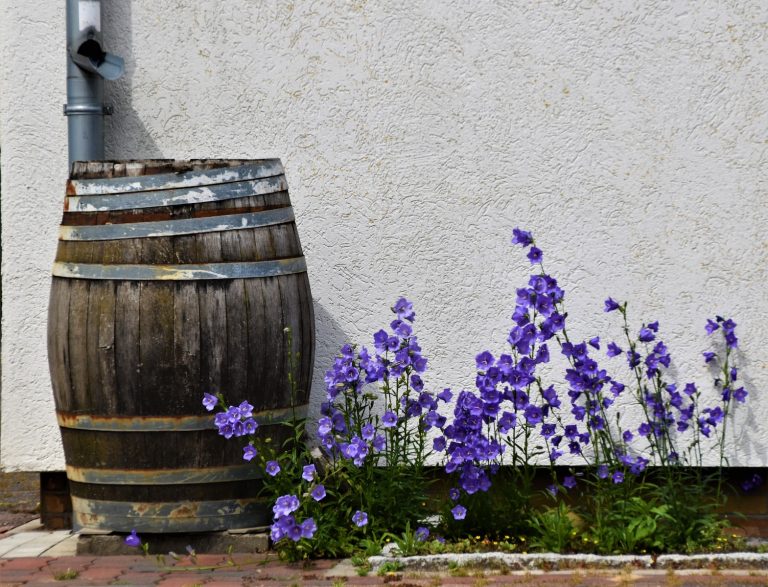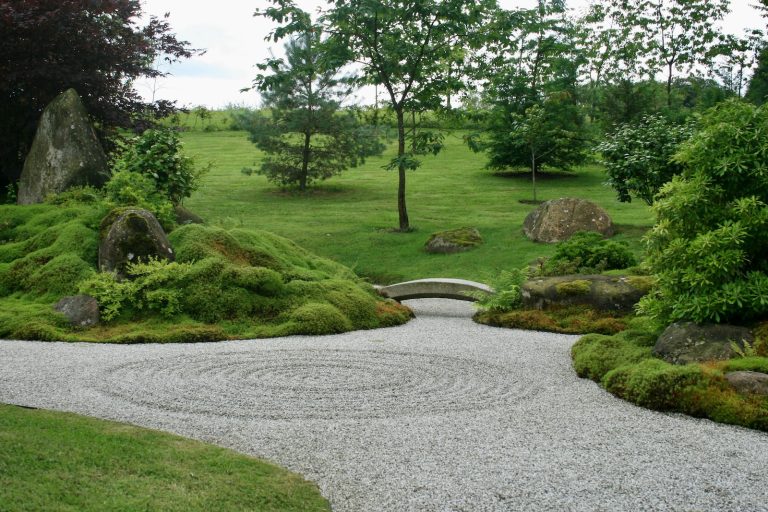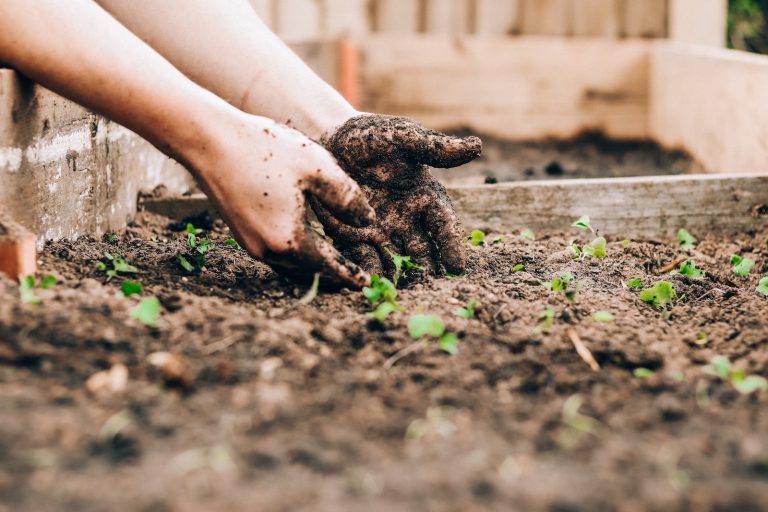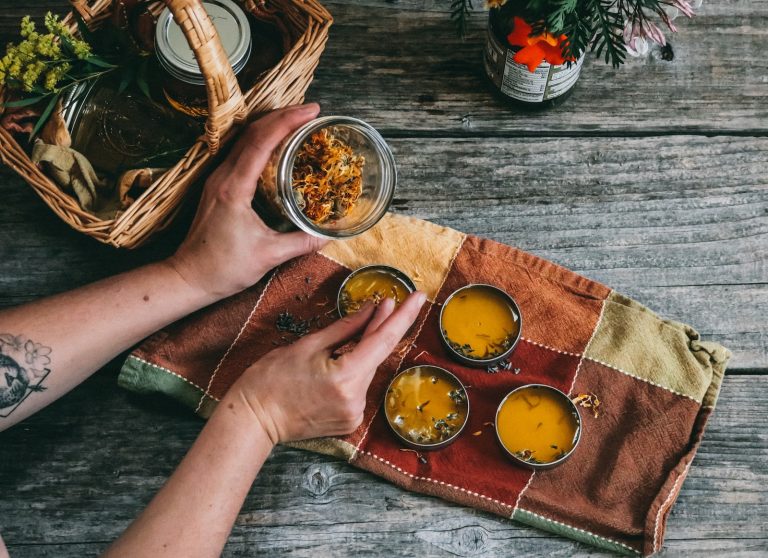Different Types of Compost and When to Use Them
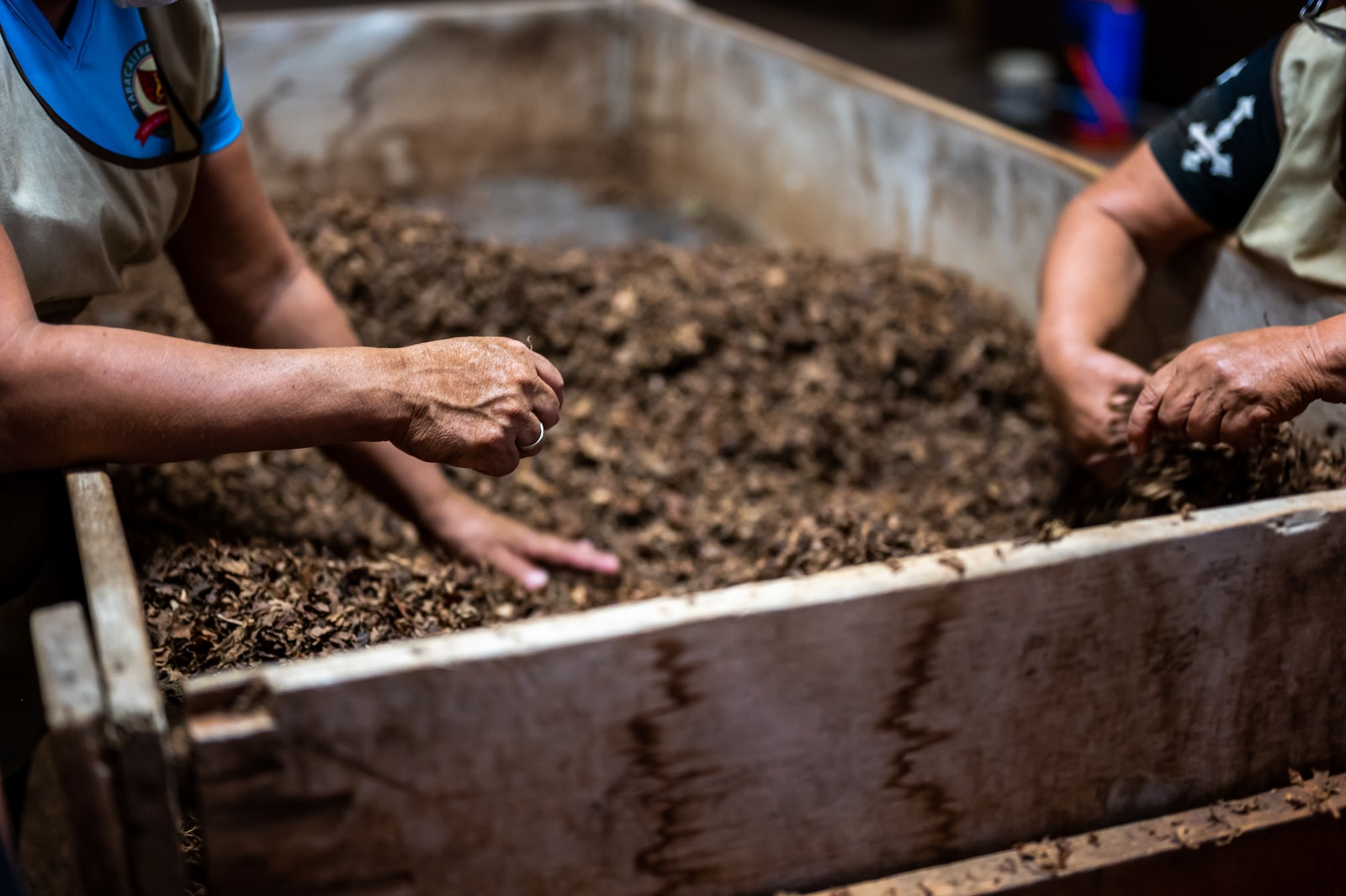
Looking to get your hands dirty with composting but not sure where to start? Fear not, for we’ve got you covered!
Composting is a fantastic way to reduce your waste and give back to the environment. With so many different types of compost available, it can be challenging to know which one will work best for your needs.
In this blog post, we’ll explore the various types of compost and when you should use them.
From nutrient-rich vermicompost to slow-release fertilizers, discover how each type of compost can benefit your garden or houseplants in different ways. So grab a cuppa and let’s dig into the world of composting!
Introduction to Composting
Compost is decayed organic matter that is used as a fertilizer and soil amendment. Composting is the process of breaking down organic matter into simpler compounds that can be used by plants to improve plant growth.
There are many different types of compost, each with their own benefits and uses.
The most common type of compost is made from manure and other agricultural waste products. Manure-based composts are high in nutrients and help improve soil fertility.
Other types of compost include food waste, yard waste, and paper products. Each type of compost has its own unique benefits.
- Food waste compost is a great way to reduce your kitchen garbage footprint. Food scraps make up a large percentage of household garbage, so diverting them from the landfill can have a significant impact.
- Yard waste compost is an excellent way to recycle leaves, grass clippings, and other yard debris. It can also be used as a mulch to help protect plants from extreme weather conditions.
- Paper product compost is ideal for cardboard, paper towels, and egg cartons. It helps reduce the amount of waste going to the landfill while providing beneficial nutrients for plants.
No matter what type of compost you choose, it’s important to use it correctly to get the maximum benefit for your plants.
Be sure to follow the manufacturer’s directions on how much to use and when to apply it. With proper care, your plants will thrive and your garden will be beautiful all season long!
Benefits of Composting
Composting is an excellent way to reduce waste and improve your garden. It enriches the soil, reduces water usage, and helps plants grow healthy and strong.
There are many different types of compost, each with its own set of benefits. Here are some of the most popular types of compost:
- Green manure: Green manure is a type of compost made from green plants. It is high in nitrogen, which makes it great for improving the health of your lawn or garden.
- Peat moss: Peat moss is a type of moss that is often used as a soil amendment. It helps improve drainage and aeration in the soil, and also helps retain moisture.
- Composted leaves: Leaves are a great source of carbon for your compost pile. They help balance out the nitrogen levels in the compost, and also add valuable nutrients to the soil.
- Coffee grounds: Coffee grounds are rich in nitrogen, making them perfect for adding to your compost pile. They also help attract earthworms and other beneficial organisms to your garden.
- Fruit and vegetable scraps: Fruit and vegetable scraps are an excellent source of nutrients for your plants. they help break down more quickly than other organic matter, making them ideal for quick-release fertilizer.
Types of Compost
There are many different types of compost, each with their own unique benefits. Here are some of the most popular types of compost and when to use them:
- Green waste compost – This type of compost is made from green waste materials such as grass clippings, leaves, and vegetable scraps. It is high in nitrogen, which makes it great for use as a fertilizer for plants.
- Brown waste compost – This type of compost is made from brown waste materials such as twigs, branches, and paper products. It is high in carbon, which makes it great for use as a mulch or soil amendment.
- Mushroom compost – This type of compost is made from mushroom spores and other organic matter. It is rich in nutrients, making it ideal for use as a soil amendment or fertilizer.
- Horse manure compost – This type of compost is made from horse manure and other organic matter. It is very high in nitrogen and other nutrients, making it perfect for use as a fertilizer or soil amendment.
In-Ground Compost
In-ground composting is a process of breaking down organic matter into simpler form, using the natural heat and bacteria in the soil.
This type of composting is best suited for larger organic items that will take longer to break down, such as leaves, grass clippings, and twigs. The process usually takes several months to complete.
Cold Pile Composting
One type of composting that you can do in your backyard is called cold pile composting. This is a method where you build a pile of organic matter, such as leaves and grass clippings, and let it decompose over time.
The process is slower than other methods, but it doesn’t require any special equipment or effort on your part.
Hot Pile Composting
This is the quickest way to compost and is perfect for if you have a lot of kitchen waste or green waste.
You need to create a pile that is at least 3 feet wide and 3 feet tall, and cover it with a tarp. The heat from the sun and the microorganisms will break down the organic matter quickly, so you can turn the pile every few days. Once the material has turned into rich compost, you can use it on your garden beds.
Worm Bin Composting
Worm bin composting, also known as vermicomposting, is a great way to compost your kitchen scraps and other organic materials.
Worms break down the materials into nutrient-rich compost that can be used to improve your garden soil.
To start a worm bin, you’ll need a container, bedding material, and worms. A plastic storage bin or Rubbermaid container with holes drilled in the bottom for drainage works well.
For bedding material, you can use shredded newspaper, straw, or coco coir. The worms will need to be added to the bin once it’s set up.
Once your worm bin is set up, you can start adding food scraps and other organic materials. Be sure to chop up larger pieces of food so the worms can more easily digest them.
You should also add some moistened bedding material to keep the compost moist but not too wet.
Worm bins should be kept in a cool, dark place. The worms will do their work best at temperatures between 55 and 77 degrees Fahrenheit.
When your worm bin is full of finished compost, you can use it to amend your garden soil or potting mix.
Worm compost is especially good for seedlings and young plants since it’s rich in nutrients and helps promote root growth.
Bokashi Bin Composting
Bokashi bin composting is a great way to compost your kitchen scraps without having to worry about them attracting pests.
Simply put your kitchen scraps in a bokashi bin, add some bokashi bran, and seal it up. The bokashi bran will ferment the food, and after about two weeks you can add it to your compost pile or use it as fertilizer.
Vermicompost Tea for Agriculture and Gardening
Vermicompost tea is full of nutrients that can be beneficial for agriculture and gardening. It can be used as a fertilizer, soil conditioner, or even a pest repellent.
When used correctly, vermicompost tea can give your plants a much-needed boost and help them to thrive.
There are two main types of vermicompost tea: aerobic and anaerobic.
Aerobic tea is made by steeping vermicompost in water that has been oxygenated, while anaerobic tea is made by steeping vermicompost in water that has not been oxygenated.
Both types of tea have their own benefits, so it’s important to choose the right one for your needs.
Aerobic tea is rich in nitrogen and other essential nutrients that plants need for growth. It also helps to improve drainage and aeration in the soil.
Anaerobic tea, on the other hand, is ideal for use as a pest repellent or fungicide. It contains bacteria that can help to control diseases and pests.
When making vermicompost tea, it’s important to use fresh, high-quality vermicompost. Tea made with old or poor-quality compost will not be as effective.
If you’re using aerobic tea, make sure to oxygenate the water before adding the compost. This will help to release all of the nutrients into the water so they can be easily
Tips for Effective Composting
- Start with a small compost pile: If you’re new to composting, start with a small bin or pile. This will help you get a feel for the process and what materials work well for your system.
- Add the right mix of ingredients: Your compost pile needs a mix of “green” (nitrogen-rich) and “brown” (carbon-rich) materials. The perfect ratio is about two parts brown to one part green.
- Keep it moist: Composting happens best when your material is nice and moist. If your pile starts to dry out, add some water to help things along.
- Give it air: In order for your compost to break down properly, it needs oxygen. Turn your pile every few days to help aerate it and speed up the process.
- Be patient: It can take anywhere from two weeks to several months for your compost to be ready to use, depending on the size of your pile and the materials you’ve used. Have patience and don’t be afraid to experiment!
Conclusion
There are many different types of compost and each one has its own unique benefits for your garden.
Whatever kind of soil you have in your garden, whether it’s sandy or clay-like, there is a type of compost that can improve the quality of it so that you get the best yields out of whatever plants you grow.
With such a wide variety to choose from, finding the perfect type for your plants should be an enjoyable process rather than an intimidating one.
So why not give some alternative ones a try and see which one works best for your situation?

Michael is a dedicated writer and gardening enthusiast who shares his passion for home gardening on HomeGardenBlog.com. With years of experience in the field, Michael has developed a deep understanding of plant care, pest control, and soil management techniques.

